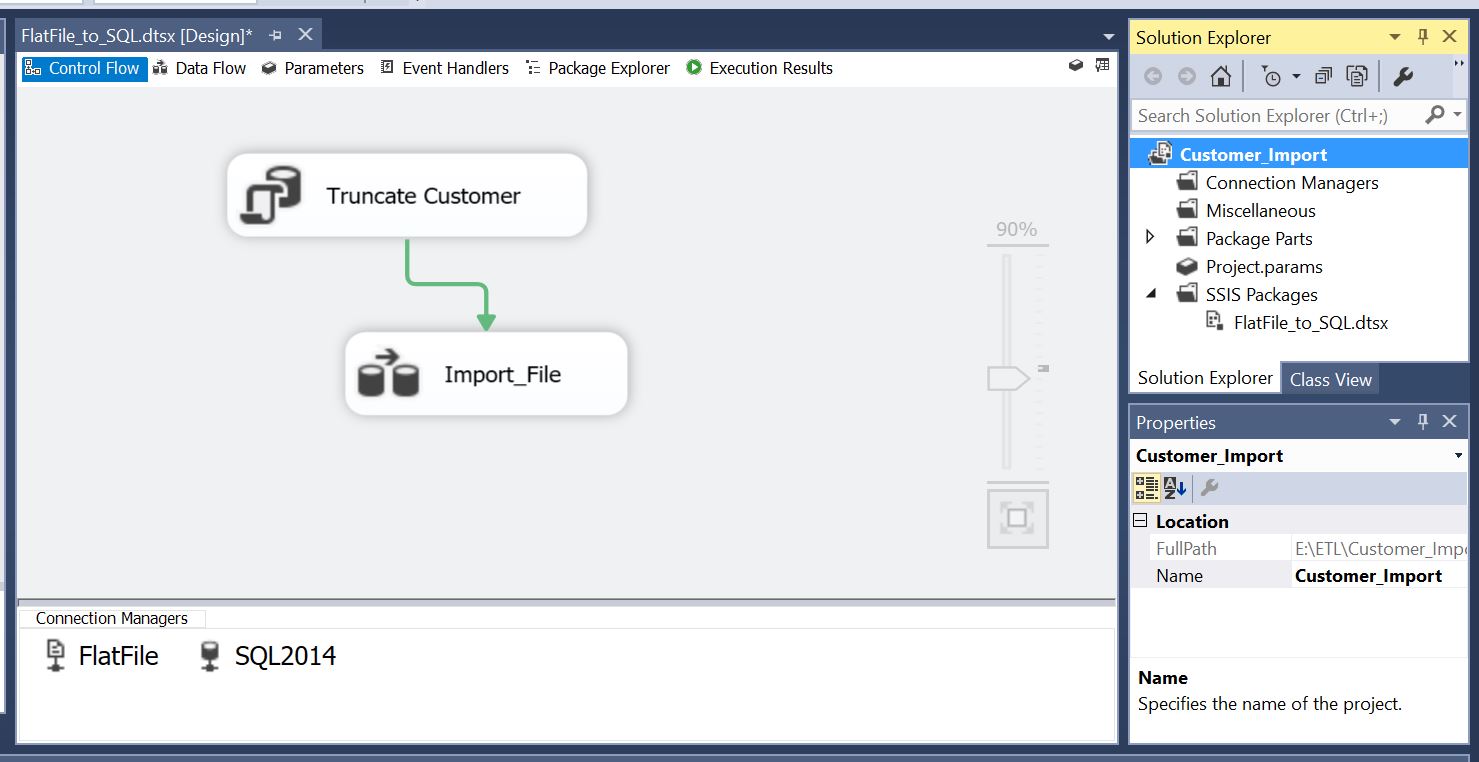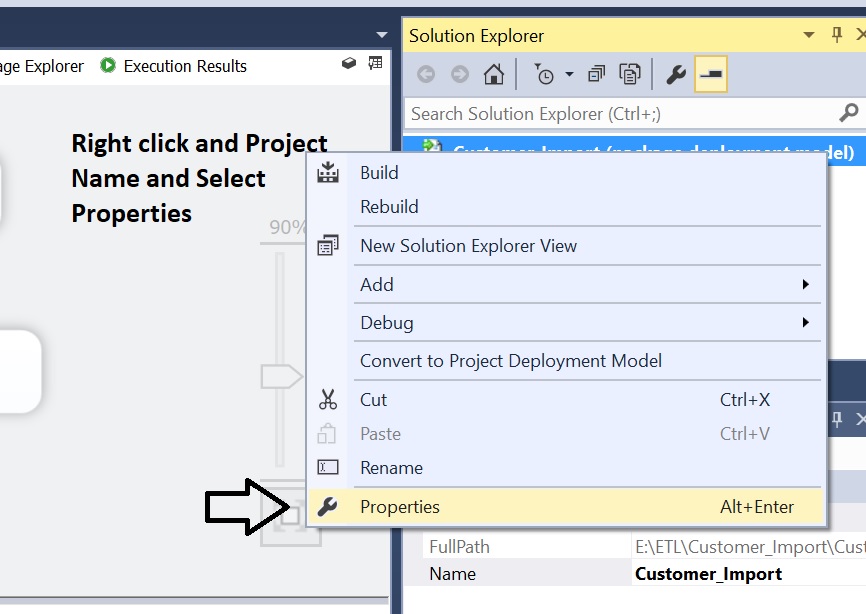

The credentials and database information required to connect to the database are provided by the user through the parameters. The "path" attribute is required and identifies a SQL script to be executed against the database.
#DEPLOYIT MANIFEST WINDOWS#
Gcr.io/my-project/my-image has a new digest sha256:c81e41ef5e.”.The Windows Web Application Gallery (WWAG) is being retired on July 1, 2021. When one of these objects exists in the pipeline context from an upstream stage,įor example, say you trigger your pipeline using a webhook comingįrom a Docker registry. For this reason, we have first-class mechanisms for In general, when we deploy changes to our infrastructure, the majority ofĬhanges come in the form of a new Docker image, or perhaps a feature-flagĬhange in a ConfigMap. *\.yml, it would bind any YAML file that changes in yourĪrtifact source, and deploy it when it reaches your Deploy stage. If instead we had configured it to listen to changes usingĪ regex matching. Keep in mind that the artifact bound in the upstream stage can match multiple
#DEPLOYIT MANIFEST DOWNLOAD#
With permission to download the manifest.

Note: Make sure that the Artifact Account field matches an account Notice that by selecting Artifact as the Manifest Source, we get to pick which upstream artifact to deploy. Manifest stage, you can reference it in the Deploy configuration: For more information:Īssuming you have declared an expected artifact upstream to your Deploy This can be stored in GitHub or an object store (like GCS).Ĭhanges to manifests can trigger pipelines. When referencing an artifact from a Deploy Manifest stage, thatĪrtifact must be a text file containing the Manifest specification. The idea is: artifacts in Spinnaker allow you to reference remote, deployable Or want a single deploy stage to deploy a variety of manifests, you If you are storing your manifests outside of Spinnaker’s Them into the UI, the stage definition would look more like this: If you are generating your pipeline definitions rather than entering Notice that by selecting Text as the Manifest Source, we get to enter the manifest YAML by hand. (even if you don’t know what version of your Docker image it will run), you canĭeclare it directly in the pipeline by providing the manifest specification: If you know ahead of time what you expect to deploy using a certain manifest In either case, start by selecting the Deploy (Manifest) stageĭon’t select the regular Deploy stage it deploys more opinionated “Server Groups” using other providers. Optionally, you can override some artifacts (as fields) at run time (forĭepending on your needs, there is more than one way to specify the manifest

#DEPLOYIT MANIFEST HOW TO#
This guide shows the basics of how to deploy a Kubernetes manifest using the Deploy a Kubernetes manifest using the Kubernetes provider.


 0 kommentar(er)
0 kommentar(er)
